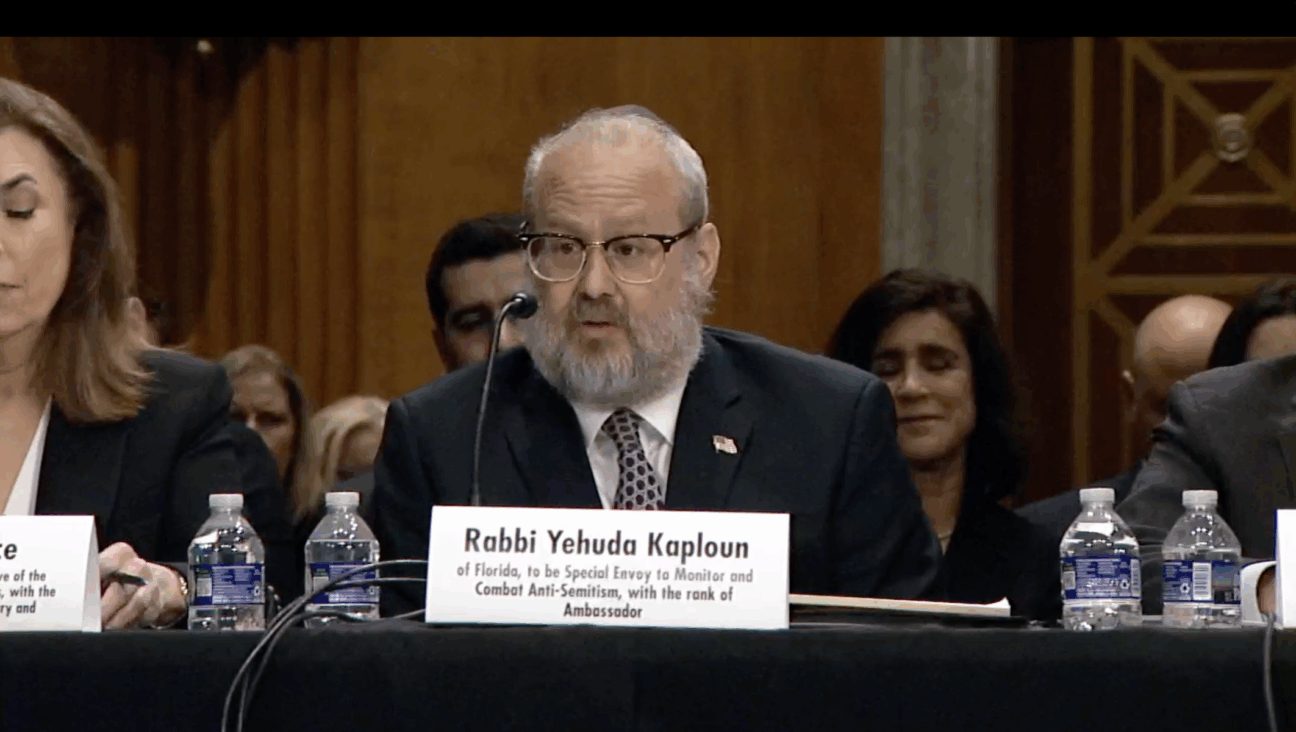What Tisha B’Av teaches us about remembrance

Graphic by Angelie Zaslavsky
As a young, intrepid graduate student in history, I learned to call many places home: Moscow, Kyiv, Jerusalem, New York and the Yiddish-speaking space I lovingly called “Yiddishland.”
This past year, I have learned to give one home many names: my apartment has served as a synagogue, workplace, cafeteria and gym. Rebuilding a multiplicity of homes as we emerge from the pandemic has been a slow process for me, one that I’ve done under the cover of my mask.
As a Jewish historian, I look to the past for guidance, whether in times of struggle or in periods of healing and recovery. We are fast approaching Tisha B’Av, the annual fast day commemorating the destruction of the two Temples in Jerusalem. Tisha B’Av has been associated with instances of Jewish persecution and displacement throughout history, from the Spanish expulsion to the Holocaust. But this year, I find myself asking: how do we balance the memory of Jewish persecution and displacement with the current need to rebuild?
Several years ago, a Holocaust survivor, came to see me at the Jewish Family and Children’s Services (JFCS) Holocaust Center and Tauber Holocaust Library and Archives. He had left his hometown of Frankenwinheim, Germany as a child, several years before Kristallnacht— the Night of Broken Glass. In Frankenwinheim that night, the Nazis built a bonfire in front of the town synagogue and burned its entire contents. The survivor had come to the JFCS Holocaust Center to donate some surviving items to our collection: small silver bells that had once adorned a Torah scroll, two lions that had decorated a breastplate and a two-headed eagle hanging from a silver chain.
What was a double-headed eagle doing among the Torah ornaments? In fact, it was the patriotic emblem of the German Empire before World War I. It’s easy to forget, but many members of the Jewish community identified as proud German citizens; the ways in which they elevated the sanctity of their spiritual home reflected the extent to which they felt at home in the country of their birth.
When donating the items, the survivor explained to me how they came into his possession, some 60 years after the war. He had returned to Frankenwinheim, to the site of the synagogue, and encountered a gentile woman he knew as a child, when she was a small girl. She recounted that on Kristallnacht, after the fire had died down, she had crept up to the embers and retrieved some of the items that had not burned. She had preserved the bells and lions and eagle during the war years, when the Jewish community of Frankenwinheim was obliterated, and in the war’s aftermath. Now, upon seeing her old Jewish acquaintance, she presented him with the sacred remnants. I was honored that he entrusted these items to the Tauber Holocaust Library and Archives, where we preserve them and share their story.
Rabbi Alan Lew writes of Tisha B’Av as the beginning of a High Holiday journey—one centered around a process of spiritual homecoming. As the Temples fell on the ninth of Av, we rebuild our spiritual homes (albeit tenuously) on Sukkot. Rabbi Lew writes that the “walls of our great house are crumbling all the time,” and we learn from the process of rebuilding. Tisha B’Av reminds us that “our response to every moment is a judgment on us…. And the truth is, every time we come home, home is different and so are we.”
Like the survivor’s childhood friend, who decided to dig among the embers after Kristallnacht, we are each faced with choices, small and large. How will we respond to change? How will we respond to antisemitism? How will we respond to the persecution of others?
We have changed over the past 18 months of the pandemic. Our communities are still healing. Perhaps this time of rebuilding is an opportunity to reexamine ourselves, our values and our institutions—whether local or on the national scale. Like the Jews of Frankenwinheim, I used to identify strongly with my country’s society and culture. Now, I realize that the home I’ve enjoyed for so long hasn’t been as kind to others. Restrictions on voting rights undermine the ideals that the United States was built upon; persistent racism reveals that those very building blocks were always hollow.
Rabbi David Hartman called upon Jews to use their history of persecution to become better leaders and to adopt an “increased sensitivity to all human suffering.”
This Tisha B’Av comes at a moment when we are reclaiming and rededicating our spiritual homes, returning to in-person prayer. As we remove our masks, both individual and communal, let us transform remembrance into action, beginning the process of creating a “sukkat shalom,” a peaceful shelter for all God’s creations.
Yedida Kanfer, Ph.D., is Director of Community Education at the JFCS Holocaust Center, where she manages the Tauber Holocaust Library and Archives.
















